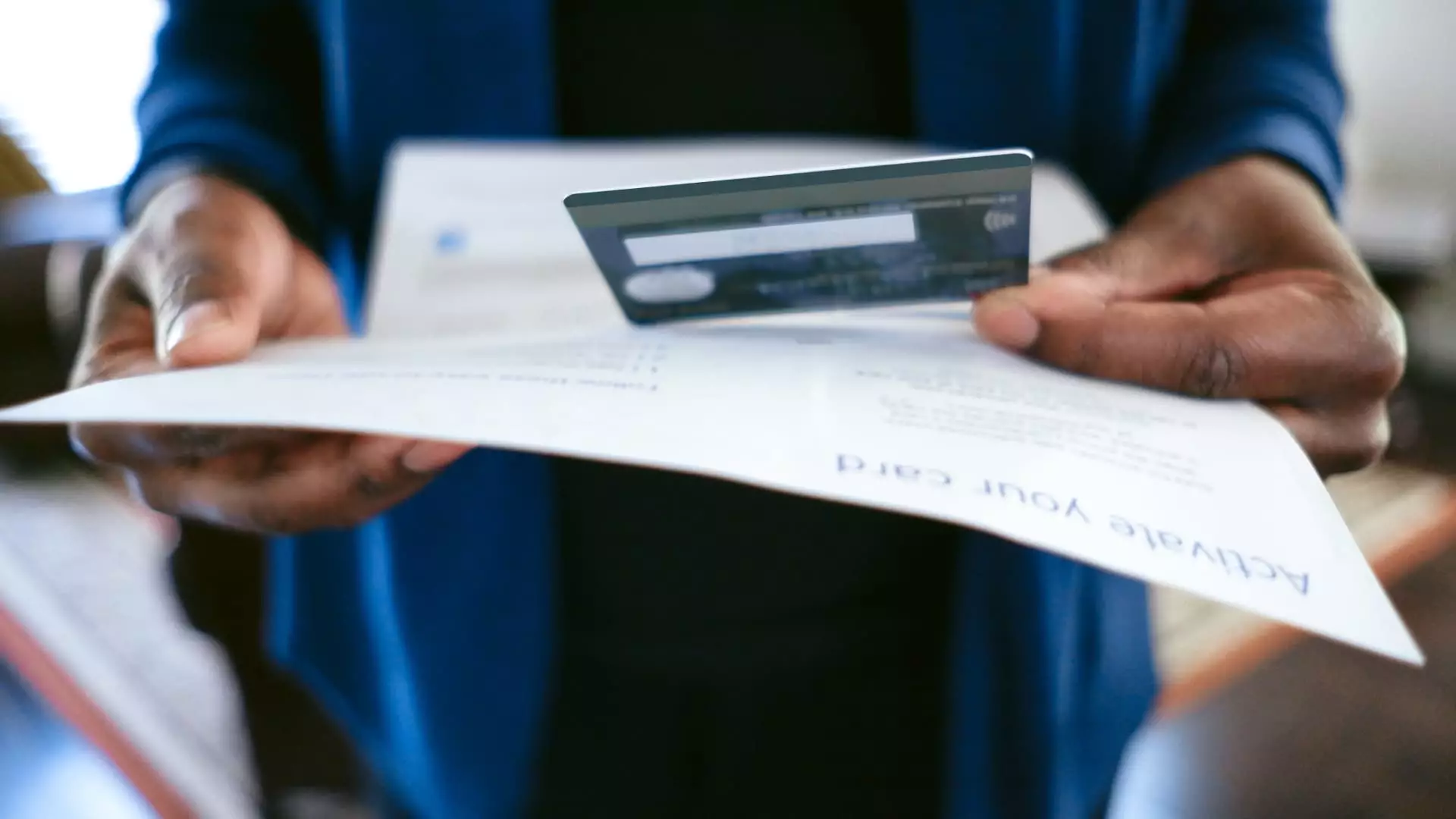In the current economic landscape, the shadow of credit card debt looms larger than ever, particularly for those already navigating financial instability. As reported, credit card interest rates have risen consistently, reaching averages that are nothing short of alarming—over 20% overall and 24.3% for new accounts. This troubling trend can be linked to the Federal Reserve’s monetary policies, but it also reflects the underlying fragility of our economic system and the banks’ defend-and-survive mentality when it comes to lending. What is particularly disconcerting is the comment from Clifford Cornell, a financial planner, who described these rates as “crippling.” Indeed, they are a multi-faceted problem that goes beyond mere numbers; they represent a significant strain on consumers who are already grappling with rising costs of living and economic uncertainty.
The Retrospective: Pulling Back the Curtain on Credit Policies
Historically, credit card interest rates have been somewhat manageable, especially following the reforms in the Credit CARD Act of 2009. Yet, the events since 2015—marked by aggressive interest rate hikes from the Federal Reserve—have changed the game entirely. What once seemed like manageable monthly payments have become a Sisyphean struggle for many families. The past decade witnessed APRs more than double, triggered not only by monetary policy but also by fluctuating consumer borrowing behavior in uncertain times. It’s a sad irony that while we’re often encouraged to be financially literate and responsible, the tools available to us for achieving financial stability—chiefly credit—are increasingly akin to landmines.
Credit Card Companies: Profit Over People?
The question arises: why are credit card companies so willing to increase rates in an already tenuous economic environment? The answer is insidiously straightforward—risk mitigation. As noted by finance analysts, banks are adjusting their interest rates to cover potential defaults and payment delays. While this may be a prudent business decision, it places an unfair burden on consumers, often hitting those least able to handle it. This cycle creates a toxic feedback loop where individuals feel compelled to acquire more credit as a safeguard against financial emergencies, ultimately pushing them further into the quicksand of high-interest debt. It’s alarming to see that while we claim to value consumer protection, the actions of these institutions reflect a prioritization of profit over the basic welfare of everyday people.
A Tough Landscape: The Cost of Credit
For the average American, the implications of skyrocketing interest rates are severe. Without a thorough understanding of how these APRs operate, many stumble blindly into draining cycles of debt. While it is true that those with good credit scores have more options available—including transfer balances and consolidating loans—this scenario is merely a band-aid over a larger wound. Consumers need immediate solutions, not just platitudes about “managing their credit responsibly.” This predicament is exacerbated by the fact that any potential Federal Reserve rate cuts may yield negligible benefits. A reduction from 22% to 20% is an almost laughable inconsistency when juxtaposed with the struggles faced by millions of individuals trying to make sense of their financial futures.
The Path Forward: Redefining Financial Empowerment
The bleak landscape need not be entirely dark. Financial empowerment can come from individual action, and experts recommend leveraging existing credit positively. By ensuring payment of balances in full and maintaining low utilization rates, consumers have the power to influence the rates they are offered. Yet, to assume that individual responsibility is a panacea for systemic issues is naïve. Banks must take accountability, and consumers need advocates fighting for a more equitable credit landscape.
The table reflects not just numbers but societal attitudes toward financial literacy and the structures that either enable or impair economic mobility. It’s time to transform the narrative surrounding credit not just as a tool for personal finance but as a cornerstone for economic justice—where high interest rates are viewed as an affront to consumer dignity and not merely a standard operating procedure in corporate profit margins.

